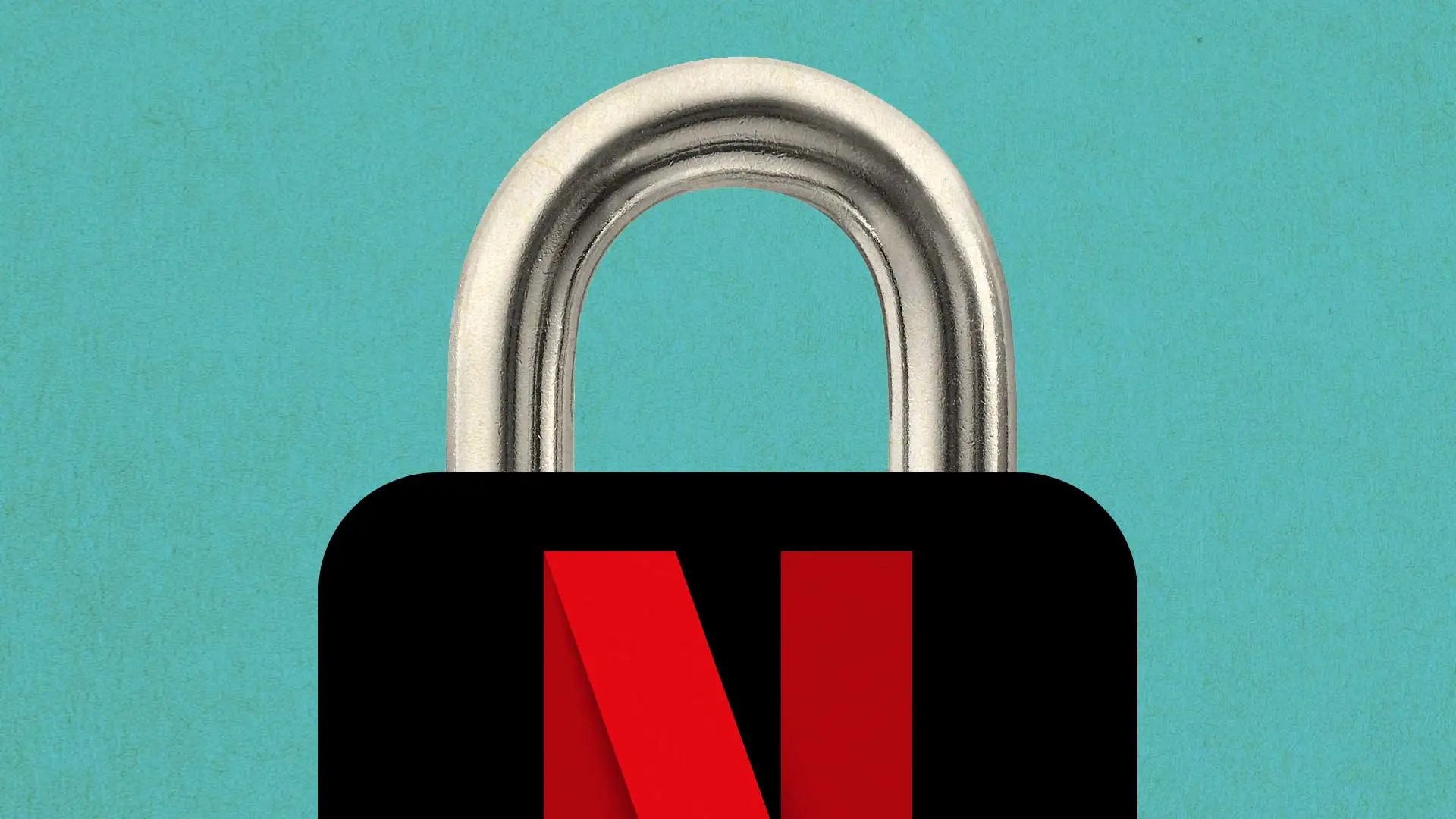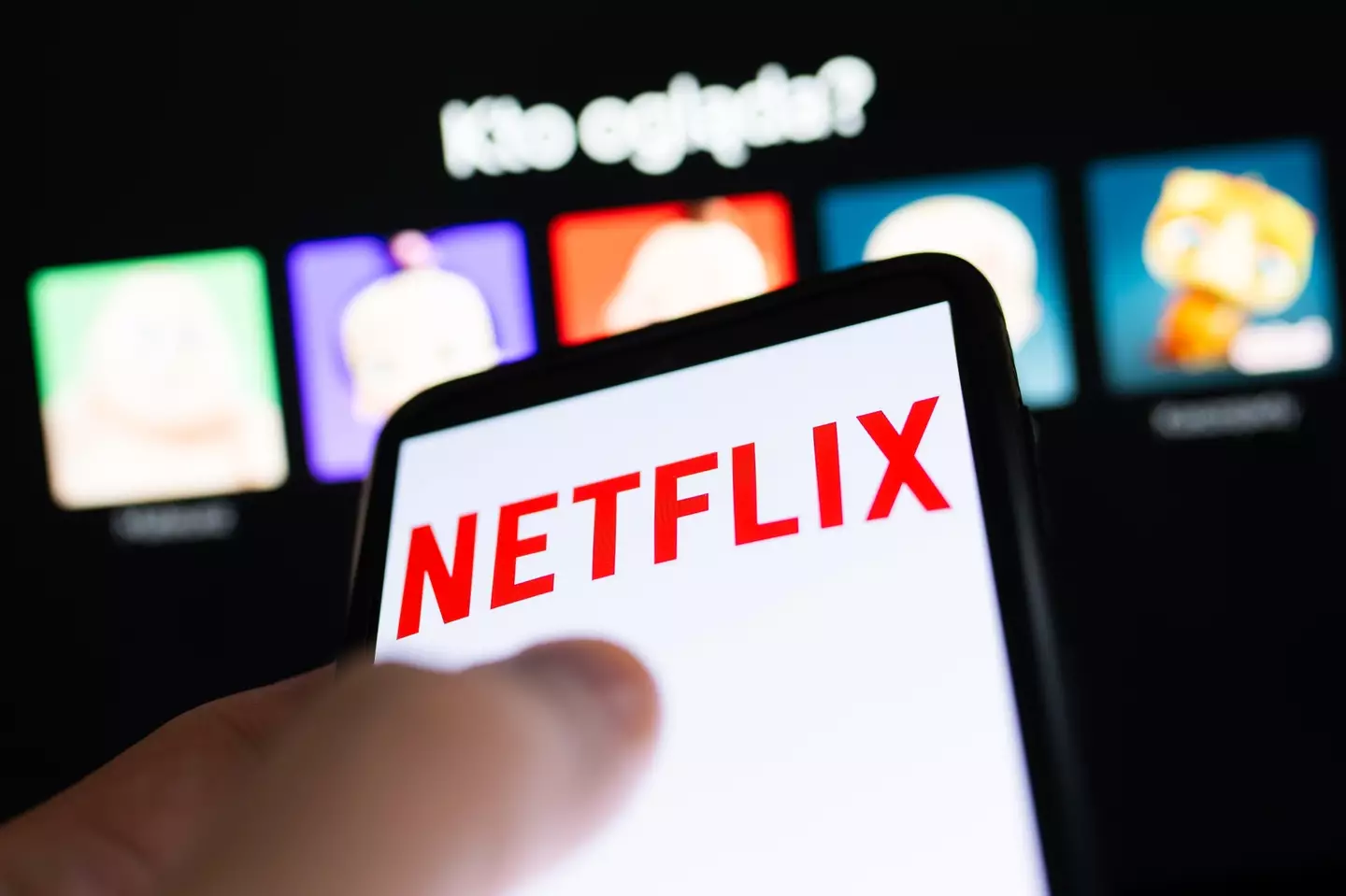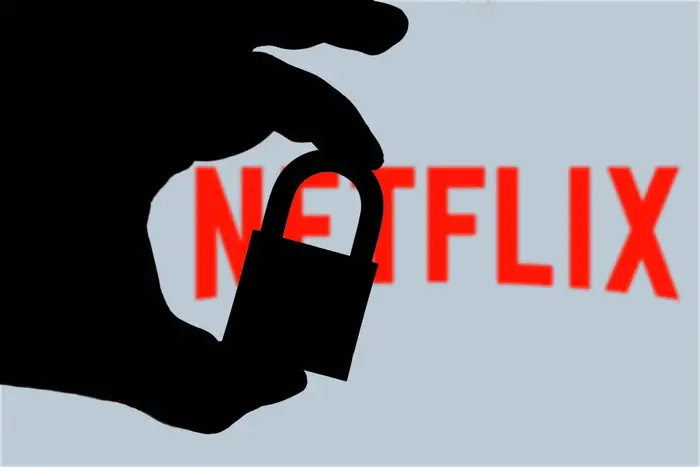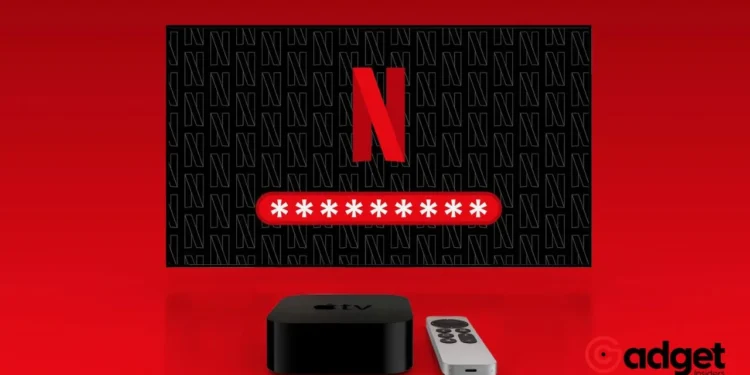Netflix, the streaming behemoth that has become synonymous with cutting-edge entertainment and convenience, is once again in the spotlight. This time, it’s not for a groundbreaking series or a controversial documentary, but for a significant alteration in its subscription payment structure. In a bold move that underscores the dynamic nature of digital commerce, Netflix has revised the way millions of its subscribers will handle their monthly payments, particularly affecting those accustomed to using Apple’s App Store for transactions.
Understanding the Change
At the heart of this development is Netflix’s decision to discontinue accepting payments through Apple’s App Store. This adjustment is more than a mere procedural tweak; it represents a strategic pivot aimed at enhancing direct subscriber engagement and financial efficiency.

MoMo Zhou, a spokesperson for Netflix, emphasized the importance of this change, stating that subscribers who previously relied on Apple for their payments would need to update their payment methods to maintain uninterrupted access to their accounts.
The implications of this shift are significant, especially for UK subscribers accustomed to choosing among Netflix’s diverse subscription packages.
From the budget-friendly basic plan, attractively priced at £4.99 a month with ads, to the premium package offering a 4K viewing experience at £17.99, the convenience of seamless payment options has always been a part of the streaming giant experience. However, the new payment directive is set to alter this landscape.
Netflix: Subscriber Sentiment and Corporate Calculations

The story of a member of X (formerly known as Twitter) who inadvertently found themselves locked out of their account and subjected to a temporary price increase encapsulates the essence of the unhappiness that is growing among some segments of Netflix’s subscription base.
This opinion highlights the delicate balance that streaming services need to maintain between making improvements to their operations and ensuring satisfactory service to their customers.
The streaming giant’s decision to halt new payments via Apple as early as 2018 was a precursor to this recent development. The move aimed to circumvent Apple’s 30% commission on in-app purchases, a policy that has drawn criticism and calls for more equitable terms from various app developers and service providers.
By directing new or rejoining members to alternative payment methods, Netflix positioned itself as a frontrunner in challenging the status quo and advocating for more favorable business conditions.
Netflix No Longer Allowing Subscribers to Pay Through Apple's App Store https://t.co/y1VDb9RSL0 pic.twitter.com/kEy8si8LEw
— MacRumors.com (@MacRumors) February 26, 2024
Apple Pay: Impacts and Adaptations
As this policy takes effect across the USA and Canada, with UK subscribers yet to be affected, the broader implications for Netflix and its user base are coming into focus.
The streaming service’s proactive approach to navigating the complex terrain of digital payments and platform fees reflects a strategic effort to safeguard its financial interests and strengthen its direct relationship with subscribers.

For subscribers, the transition may require a brief adjustment period as they update their payment methods and reassess their subscription choices. Meanwhile, the industry at large will be watching closely, as Netflix’s maneuver could signal a broader shift in how digital services manage their payment ecosystems and engage with platform giants like Apple.
Netflix’s latest policy change is more than a mere adjustment in payment processing; it’s a strategic move that highlights the ongoing evolution of the digital entertainment landscape.
As subscribers and industry observers alike adapt to this new reality, the implications of such changes will undoubtedly continue to shape the dynamics of streaming services and platform economies for years to come.









